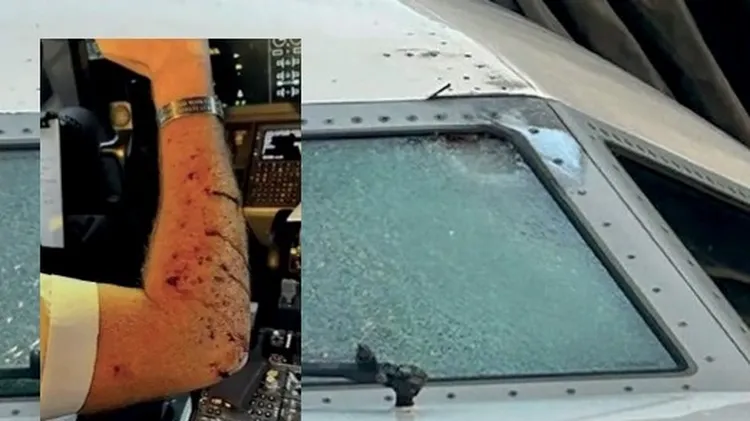The expense and prestige involved in sending landers and rovers
How to make the moon on earth
10 min read
This article is from...
Read this article and 8000+ more magazines and newspapers on Readly






